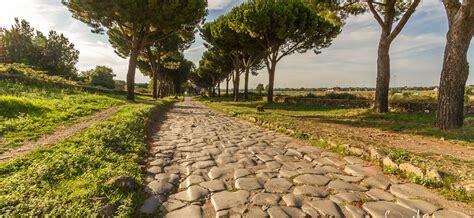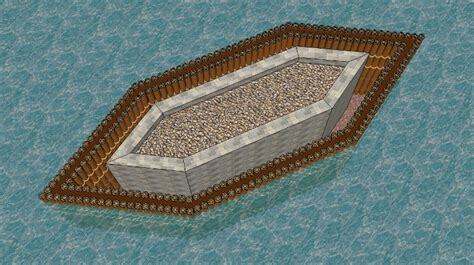The First Roads in the Ancient World

Via Appia
Lecture 11: Connecting the Empire – Roads and Bridges
Understanding Greek and Roman Technology: From the Catapult to the Pantheon
Dr Stephen Ressler (2013)
Film Review
After Mesopotamia developed the first wheeled vehicles during the 4th millenium BC, the Babylonian king created the first city roads to use for royal processions.
The Assyrians (21st to 14th century BC) built the first long distance (inter city) roads to facilitate military operations.
The Mycenaeans (1750 – 1050 BC) had military highways connecting their citadels, but these fell into disrepair when the Bronze civilization collapsed.
The Greek poleis or city-states (800-480 BC) achieved political prominence via naval conquest, and because they were constantly at war, there was no incentive to build intercity roads. The only exceptions were sacred roads that connected sanctuaries with host cities.
In 500 BC, the Persian king Darius built the 1600 mile long Royal Road to consolidate political power. Although it was unpaved and users relied on fords or ferries to cross rivers, the Royal Road supported a sophisticated courier system with way stations every fifteen miles. The average courier required nine days to traverse the entire road.
Via Apia, the first Roman road, was built in 312 BC. It was mainly used for moving infantry (it had too many hills to accommodate horses or vehicles). Most Roman roads were built using earth, a layer of rough gravel and crushed bricks, and a top layer of finer gravel. The most prestigious roads had a top surface of dressed stone blocks, cobbles or slabs of volcanic tuff, limestone, or basalt.
Roman bridges were built of of cut stone and opus testaceum (concrete faced with brick or tile). The Romans were the first to use underwater bridge piers (built of cut stone filled with concrete) to support longer bridges. The piers were constructed by using a coffer dam to access and excavate the river bed.*
*After constructing coffer dams from wooden timbers and packed clay, engineers pumped out all the water inside the coffer dam and filled the interior with cut stone and concrete.

Film available free from Kanopy with a library card.
https://www.kanopy.com/en/pukeariki/watch/video/146678/146700
The Most Revolutionary Act
- Stuart Jeanne Bramhall's profile
- 11 followers



